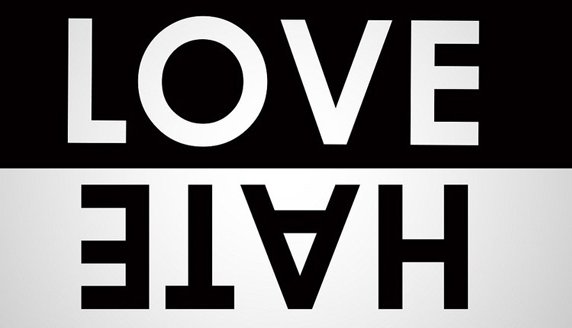There is a growing discrepancy between the vision and reality of VR. For decades, science fiction and technology visionaries foresaw a future where consumers were able to freely traverse virtual reality like surfing the web. Virtual reality was seen as an open platform where millions of people could share, consume and explore content. Instead of…
Month: April 2016
To Love & Hate in the World of Advertising
“I hate ads, who likes to see ads?” Recently my mother came to visit me in Taipei. On the drive from the airport we talked about my startup, Bubbleye, and how we predict a user’s interests in mobile ads. Her response: “I hate ads, who wants to see ads?” She’s right, no one wants to see…

